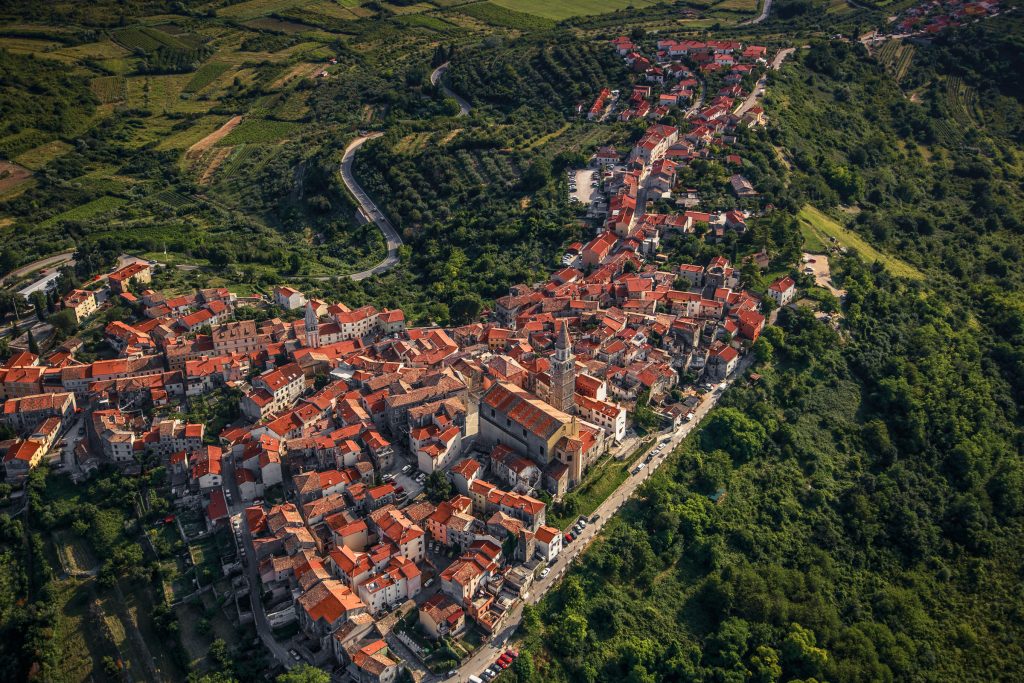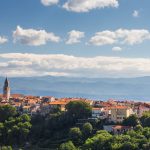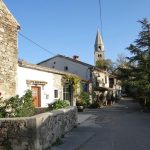March the 25th, 2024 – Have you ever heard of the Istro-Venetian language? The name might speak volumes – especially if you’re familiar with the complicated history between Italy, Venice and Istria. This language, often also called the Istrovenetic language, is heavily influenced by Venetian.
Istro-Venetian shares a common basic lexicon and language structure as other languages within the wider ”family”, but what makes the Istro-Venetian language interesting is that it is not only the most widespread (by far) of the so-called Istro-Romanic idioms still spoken today, but that it also occurs on both sides of the modern Croatian-Slovenian border. Both of these languages (the Croatian and the neighbouring Slovenian ”version”) are classified within the wider Venetian dialectal diasystem despite having a few slight differences.
There are still a significant number of native speakers left today
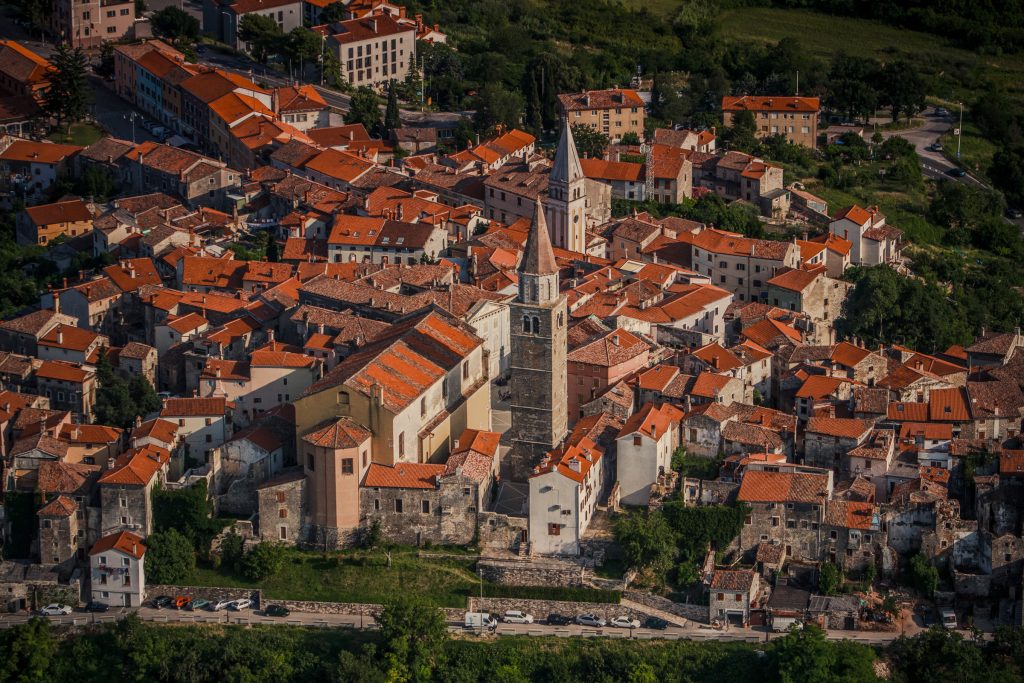
If you know anything about the formerly mighty Venice and its constant expansion and extensive trade networks (you’ll know a lot about this if you’ve ever studied the former Dubrovnik Republic), you’ll know that it took not only its culture and style of architecture with it, but its language too. This was to the detriment of both Romance and Slavic languages which once reigned strong in the areas in which Venetian influence took hold. The saga is no different for the Istro-Venetian language, and its history begins with the arrival and expansion of Venetian rule across the what is the modern day Croatian Istrian peninsula.
With the ever-strengthening presence of all things Venetian across much of the Croatian coast, particularly down in Dalmatia, the Istro-Venetian language took hold and prevailed very well across urban areas, and the Republic of Venice contributed to this consolidation when it controlled most of the Istrian peninsula after around 1420.
Today, the Istro-Venetian language is primarily preserved among bilingual native Istrians, most of whom are older individuals who number approximately 25,000-30,000 people. Unlike Zaratin, which you’d be extremely unlikely to hear used at all anymore and which nosedived after the Second World War, these 30,000 people do continue to use Istro-Venetian in addition to their mother tongue.
For a very long time, Venetian was the official language
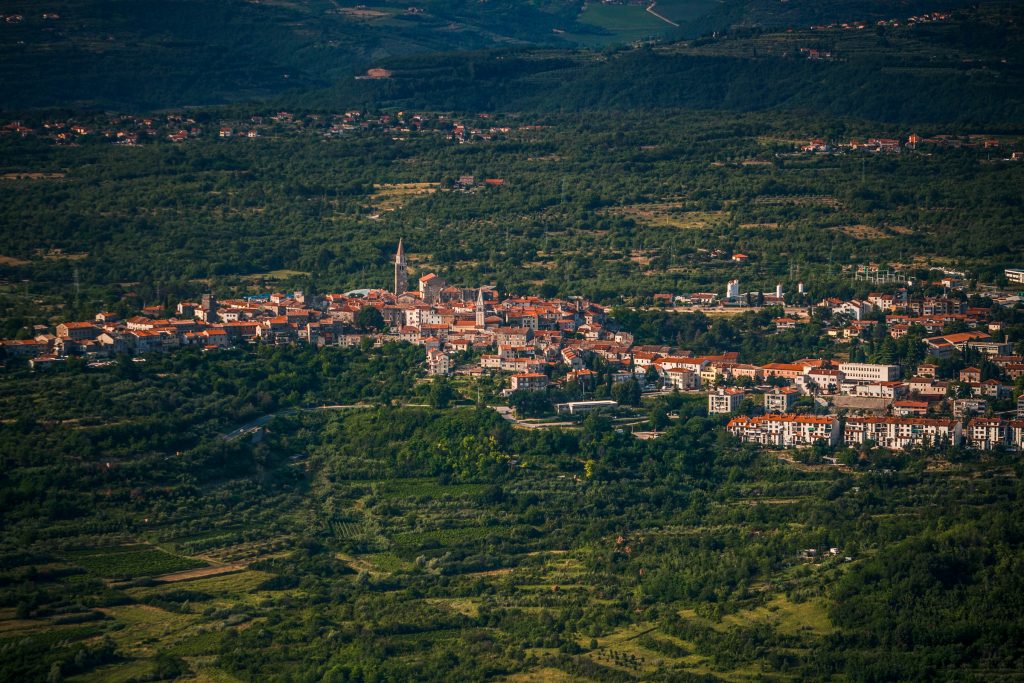
The initial linguistic ”venetisation” of Istria took place between the 10th and the 15th centuries, and Venetian was the official language of the administration, which is logical given the ruling body at the time. The rest of the phases rolled out with the process coming to a natural end with the end of Venetian rule in Istria in the 1800s. Despite the end of an era having occurred as far as Venice was concerned, Istrian languages (of which there are several, including Istriot) prevailed. For some lesser spoken dialects and subdialects, the passage of time unfortunately sealed their demise, but for some, such as the Istro-Venetian language, that wasn’t the case.
As stated, by the 1800s, the clock had started ticking for the once mighty Venice and it weakened as a state and a ruling body in both political and economic power and influence, and a natural consequence of that came in the form of culture and language, too.
As time passed, one important linguistic period was the one which was marked by the contact of Trieste (Italy), which had gained in power and influence as a free port following Venice’s weakening, and the existing Istro-Venetian language, Croatian and Slovenian languages spoken across Istria came into much deeper contact as a result. The economic expansion of that time created an extremely abundant flow of goods, people and information throughout Istria, and communication was largely dialectal. Owing to that, a relatively large part of the former Romance language continuum was restored across a lot of Western Istria. Due to the bilingualism of the original speakers of Croatian and neighbouring Slovenian, the number of speakers of what had then come to be the Istro-Venetian language gradually increased.
Preserving the Istro-Venetian language
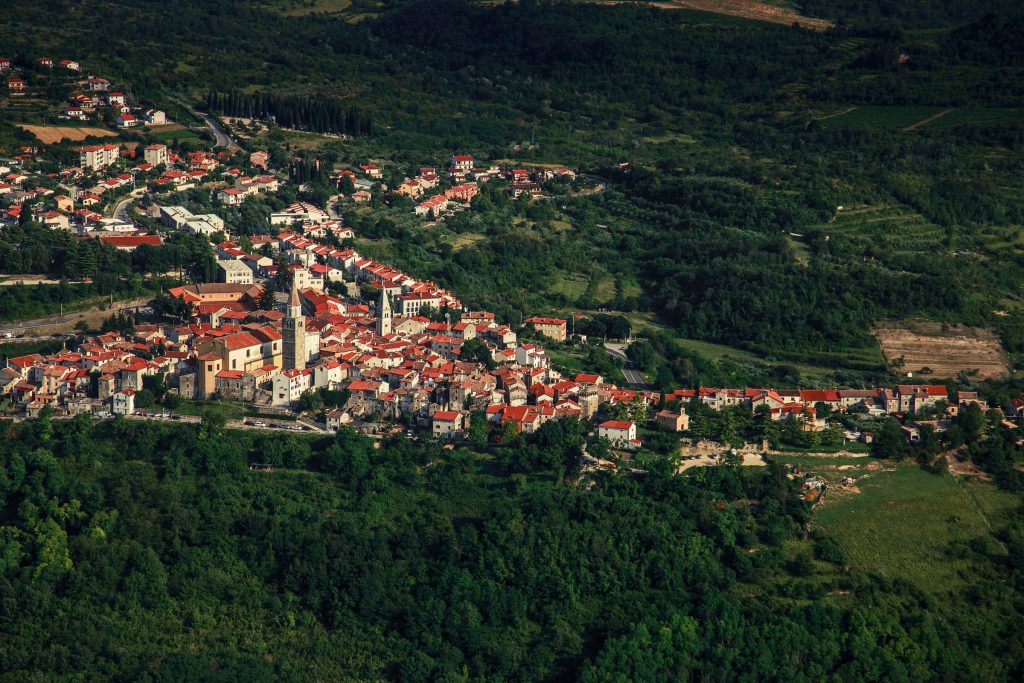
While nowhere near as well known as some other dialects, subdialects and languages (as some linguists and other experts argue many of them to be), the Istro-Venetian language has had a lot of efforts put into preserving it for generations of Istrians yet to come. Since back in 2012, the Festival of the Istro-Venetian Dialect (Festival dell’Istroveneto), an international cultural manifestation dedicated to the protection, evaluation and promotion of the Istrovenetic dialect, has been held in the picturesque Istrian town of Buje.
Buje is of course the ideal location for such a festival, being located in the western part of the Istrian peninsula, where the Istro-Venetian language has arguably remained the strongest, and because this hilltop town is known as the sentinel of Istria. Buje was part of the Venetian Republic from 1358 until 1797, with a high number of people identifying as Italian still living there to this very day.

